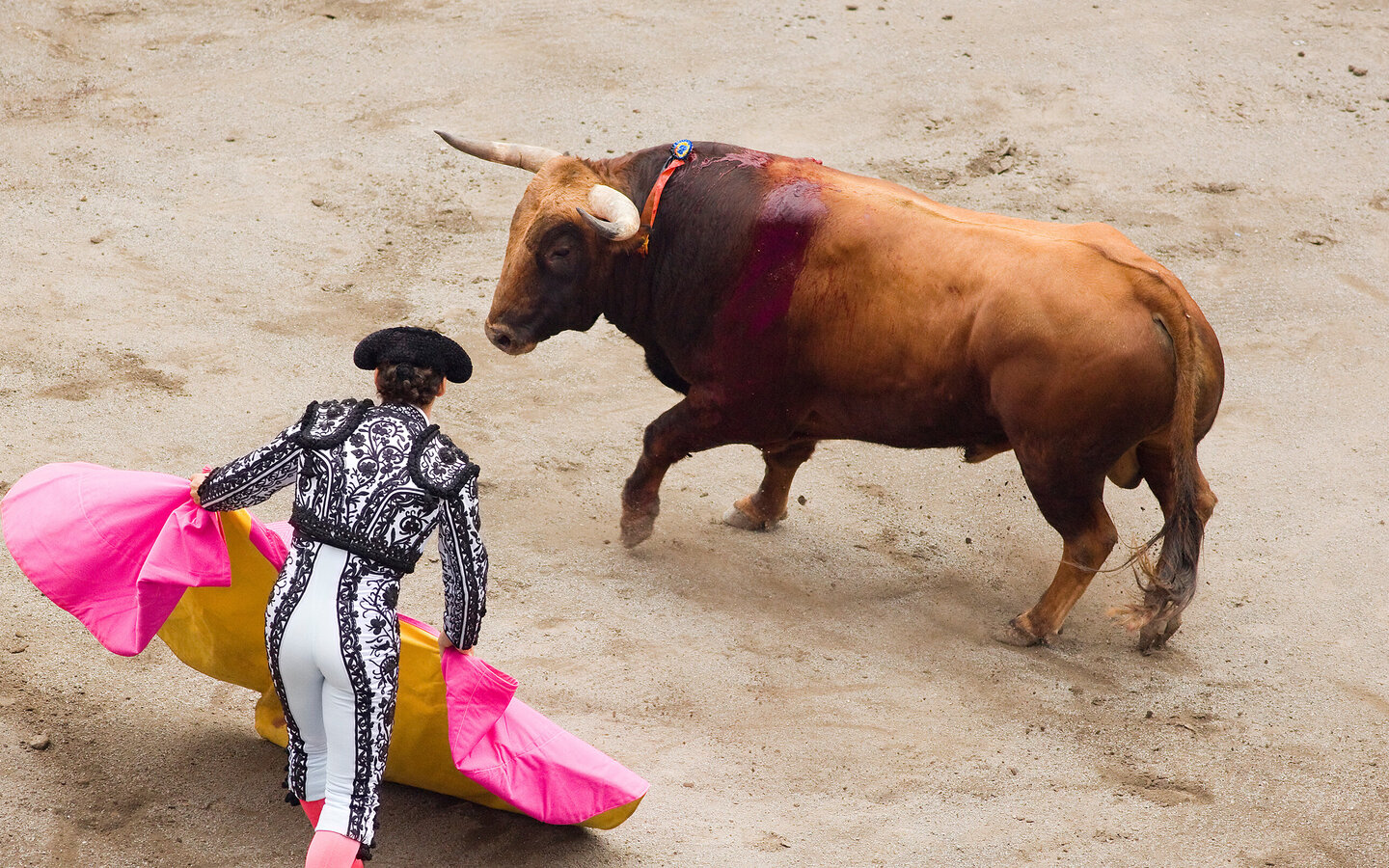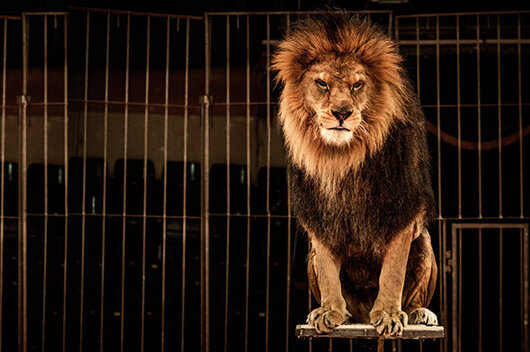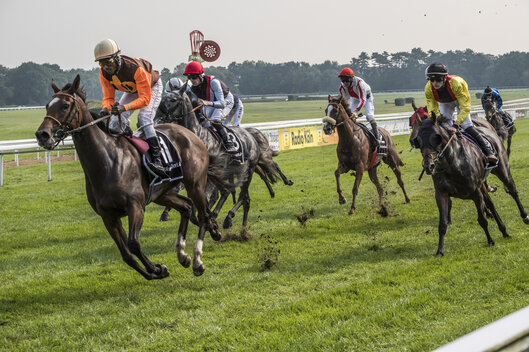Cruel traditionBullfighting
Killing a bull in the arena with the death blow is still permitted in Spain today. Tens of thousands of bulls die here every year. However, many of these animals die a cruel death not only in the arenas, but also in the training facilities for toreros. In 2007, EU parliamentarians submitted a written declaration on an EU-wide ban on bullfighting. Unfortunately, there were not enough supporters in Parliament at the time.
Bullfighting in Spain
In November 2013, Spain declared bullfighting an intangible cultural asset and thus placed it under legal protection. This is despite the fact that the majority of the Spanish population does not support it - only around 14% are in favor of the senseless bloodshed. The law also provides for measures to promote bullfighting by the state. Opponents who take action against this cultural asset can be fined.
In 2018, the Spanish Constitutional Court overturned the ban on injuring and killing bulls during bullfights on the Balearic Islands and bloody bullfights are once again taking place on Mallorca. In spring 2016, the parliament had planned to completely ban bullfighting on the Balearic Islands.
On October 20, 2016, the Spanish Constitutional Court declared the ban on bullfighting in Catalonia to be unconstitutional. The law, which was passed six years ago and came into force in 2012, is therefore ineffective. This was preceded by a petition for a referendum, which animal rights activists were able to initiate in 2009 with 180,000 signatures. We are disappointed and strongly criticize the court's decision. One ray of hope: Catalonia has spoken out in favor of finding ways to prevent bullfights from continuing to take place.
For the time being, bullfights will no longer take place in San Sebastián. The mayor of the Basque coastal city announced in August 2012 that the municipal arena would no longer be rented out to companies that organize bullfights.
Bull run in Pamplona
A bull run is held in Pamplona every year as a popular festival in honor of the city's patron saint. The bulls are driven through the city in groups of six for the amusement of the crowds. Every year there are numerous injuries and sometimes even deaths among the runners and spectators. But the animals also suffer great fear and pain from blows and falls. After this hustle and bustle, they are taken to the bullfighting arena where they are killed.
Bullfighting in other countries
- In France , bullfighting has also been on the list of national intangible cultural assets since April 2011. The "Union des Villes Taurines Françaises" (UVTF) - an association of 46 towns in the south of France where bullfights are regularly organized - has thus asserted its will and prevented a ban on such events. It is not yet known to what extent an application to the world cultural organization Unesco will follow, but we are continuing to monitor the situation.
- Deadly bullfights are also held in Portugal, Mexico and Brazil. In a "novillada", for example, younger toreros fight against young bulls. In Mexico, there is a perverse escalation in the form of baby bullfighting. Baby bulls are led into small arenas and stabbed to death by the spectators. In Portugal, the part of the fight that is fatal for the bull has been banned since 1928. In August 2002, the ban was lifted again for Barrancos, a town on the Spanish border.
- In the south of France , "bloodless" bullfights are also held in addition to the bloody ones. Six or eight bulls are chased from one side of the arena to the other one after the other by six toreros. The bull wears a ribbon between its horns, to which a rosette is attached. The aim is to tear it off with barbs. If the bull rushes towards a torero, the latter saves himself on the railing. The bull then crashes against the inner band and can sustain serious injuries. After some time, the bull is completely exhausted and trembles all over. After 15 minutes of rushing at the latest, a gate opens and the bull can leave the arena. The bulls are used repeatedly and have to endure the ordeal of the "bloodless fight" several times.
- Bloodless bullfights are also legal in many US states. However, the animals are usually killed immediately after the fight.




